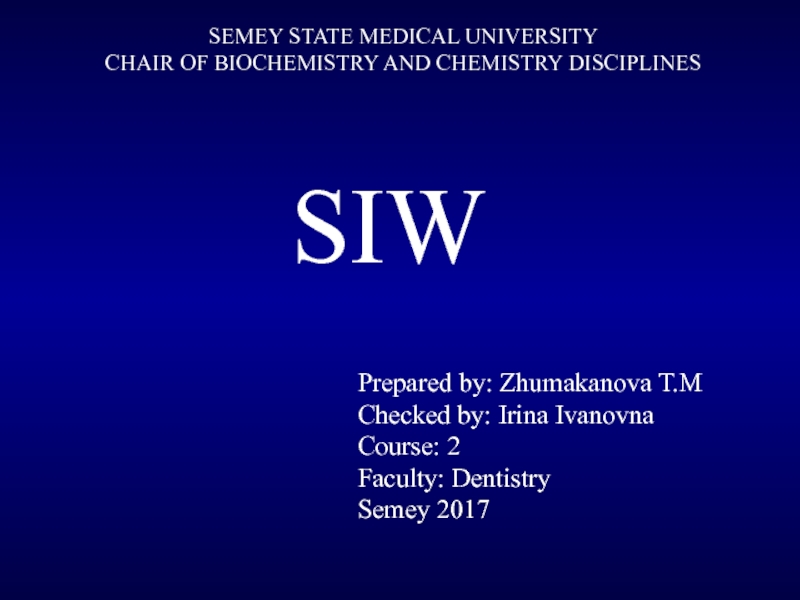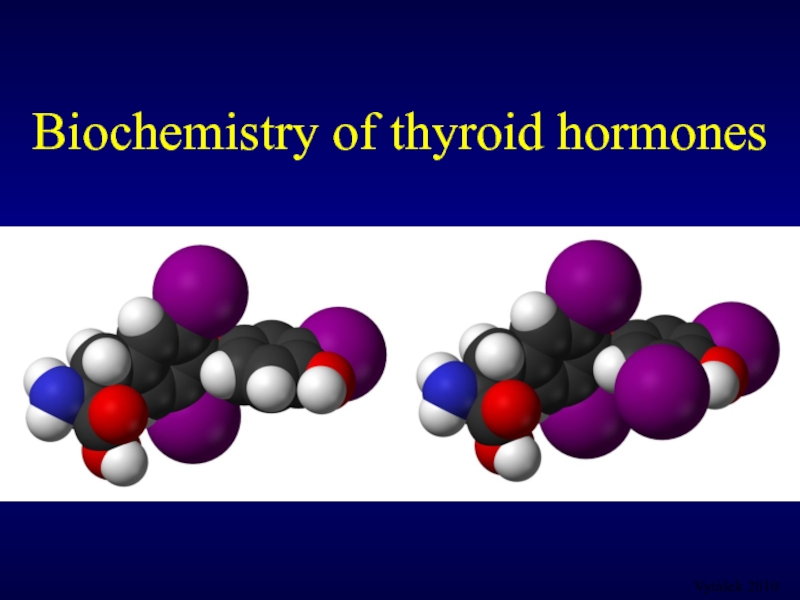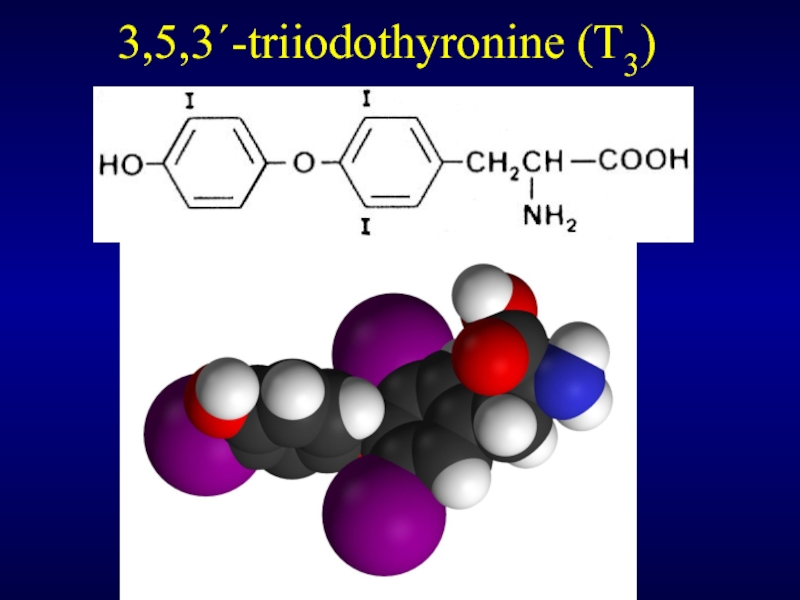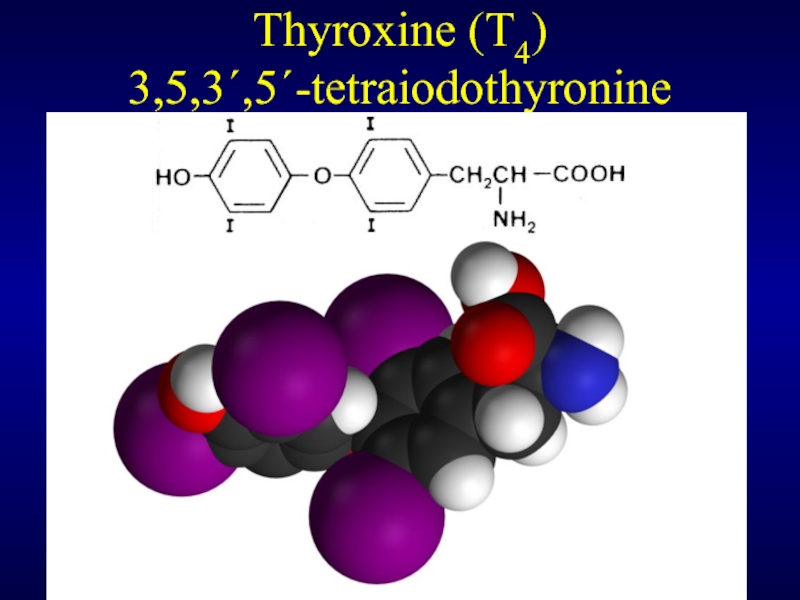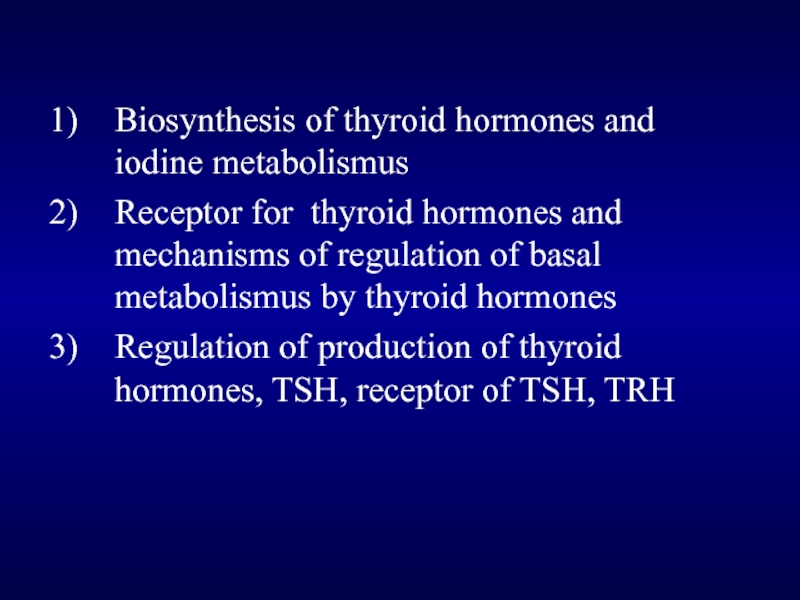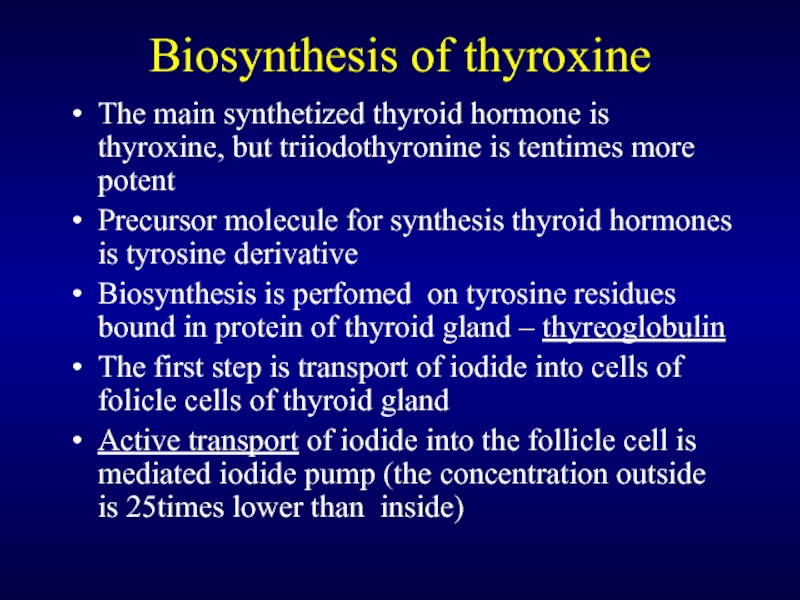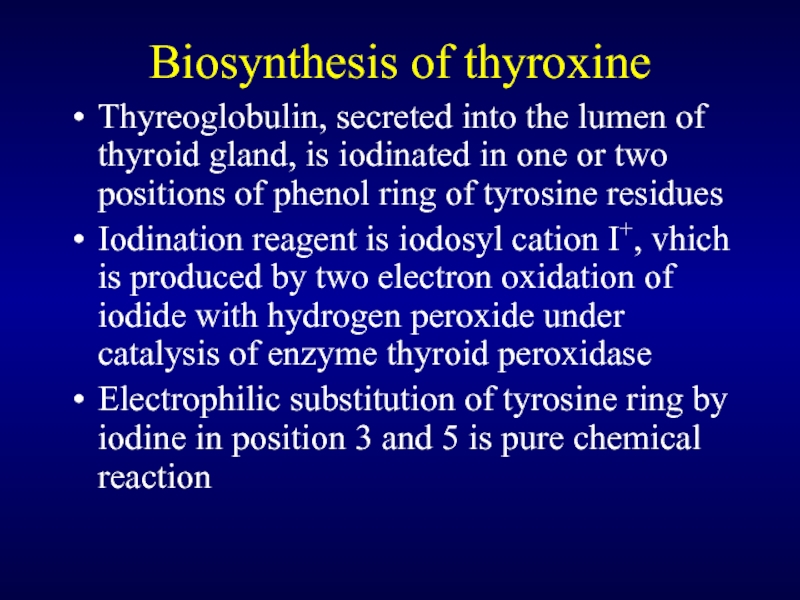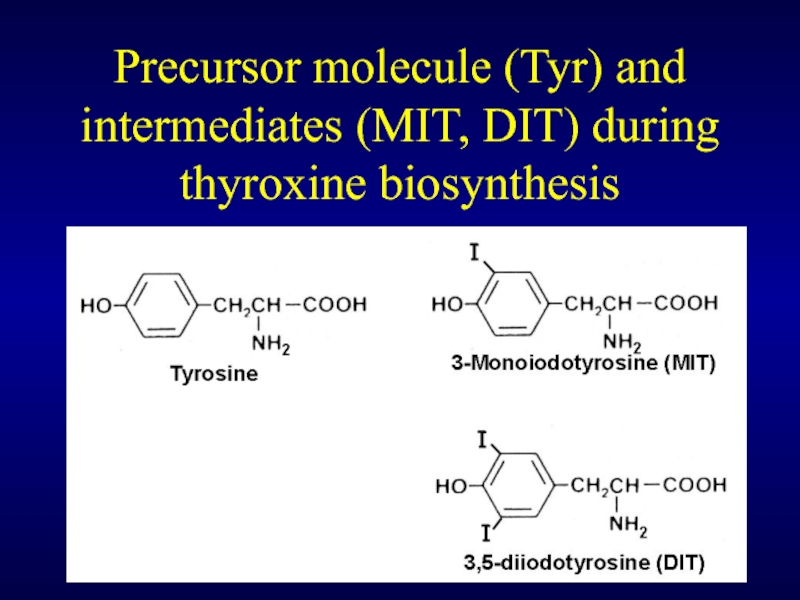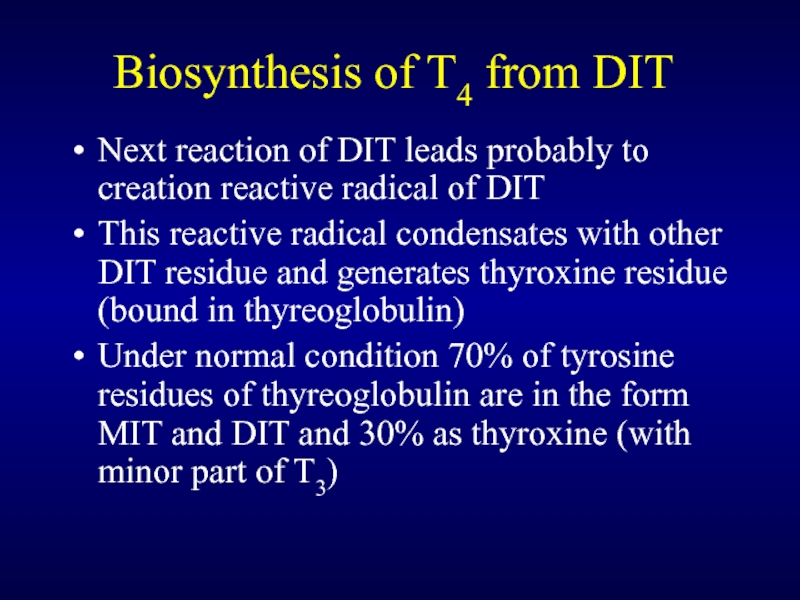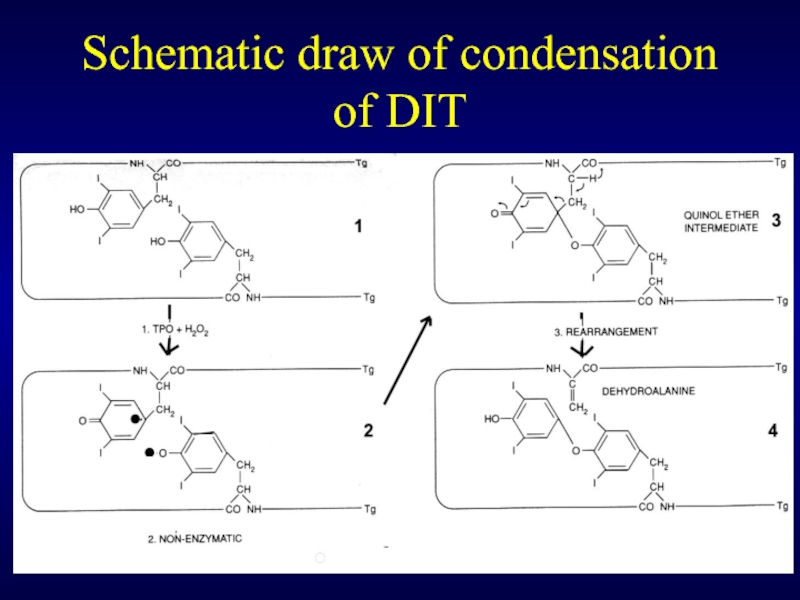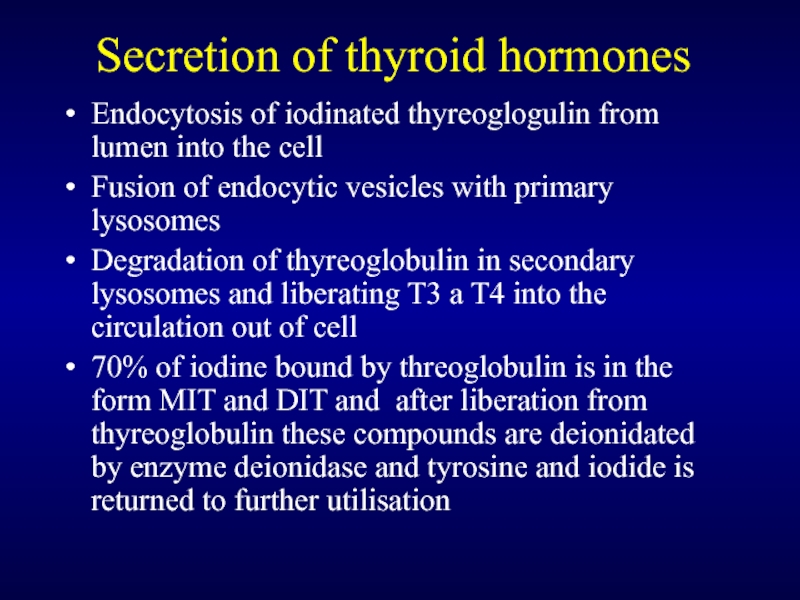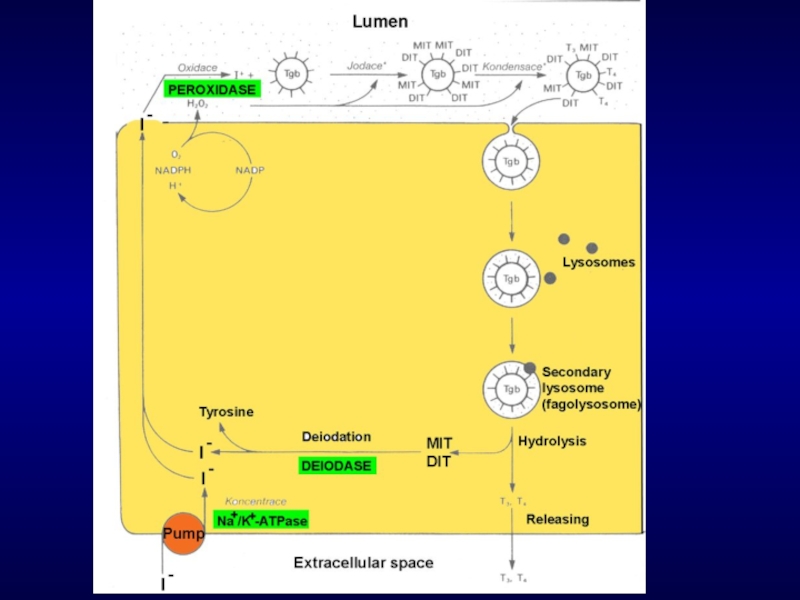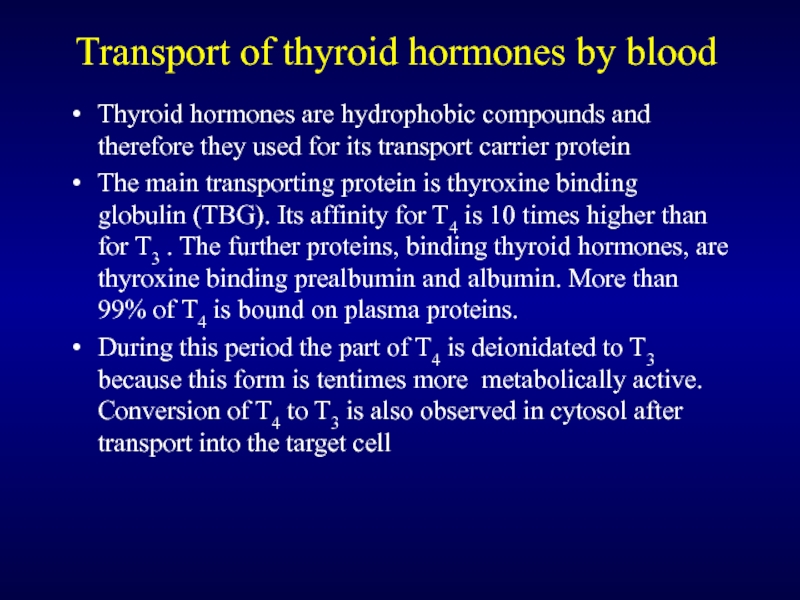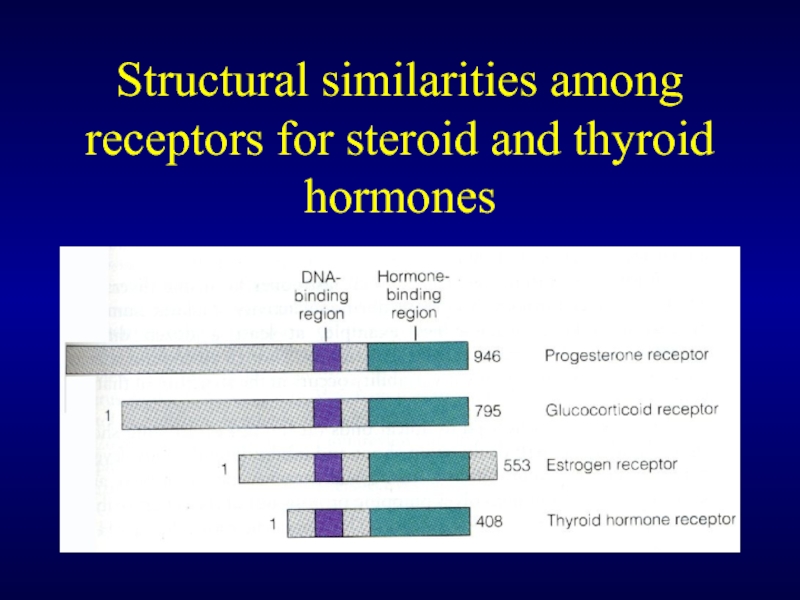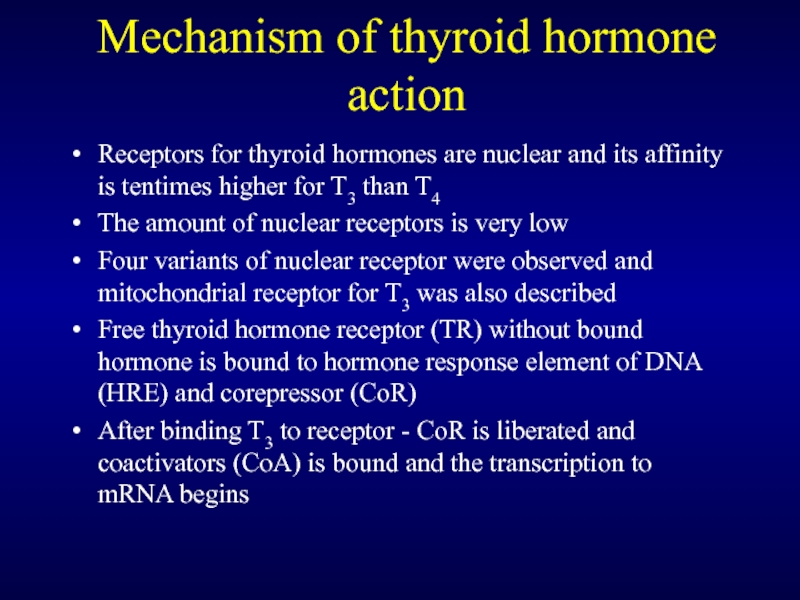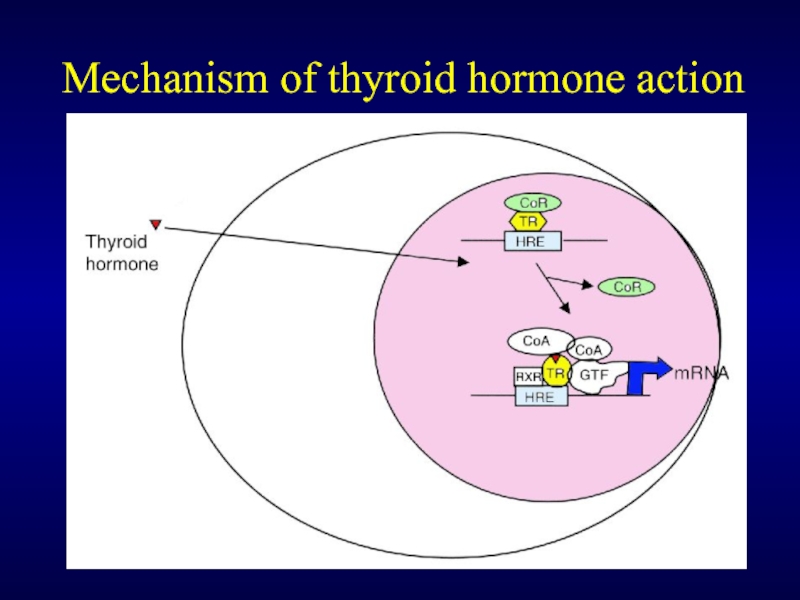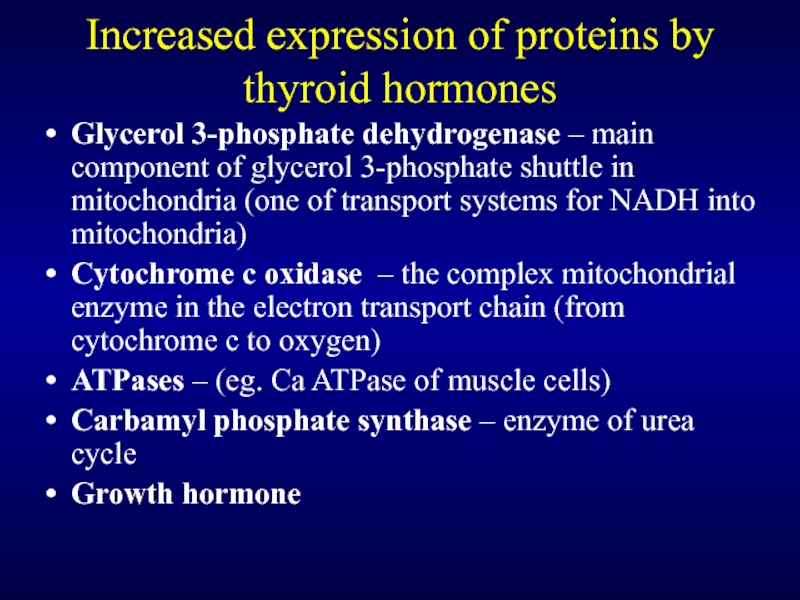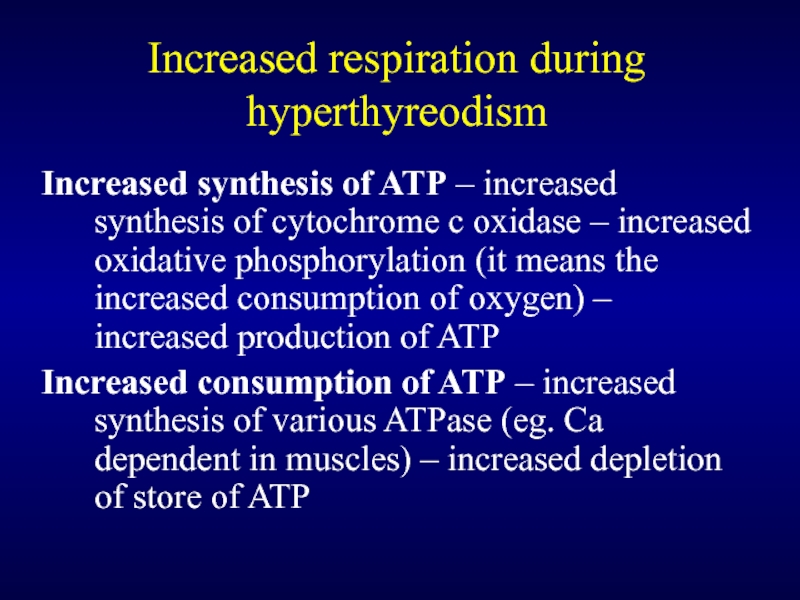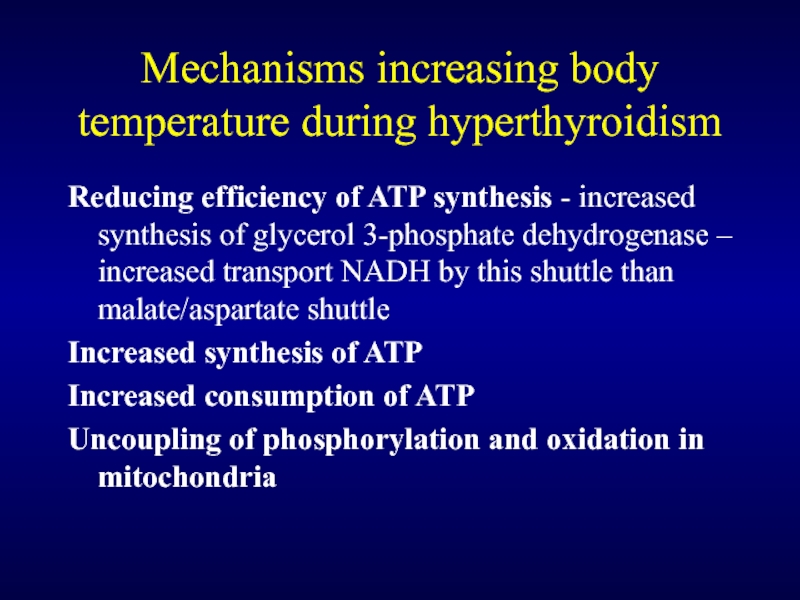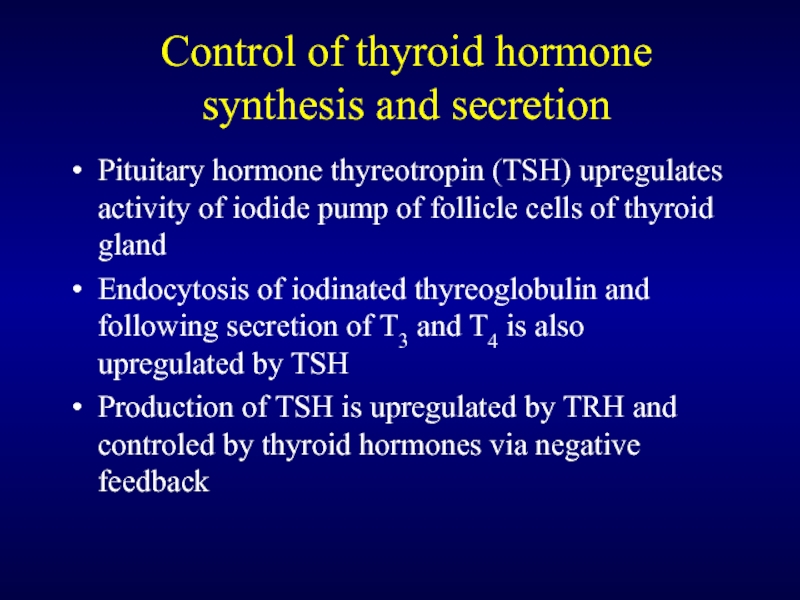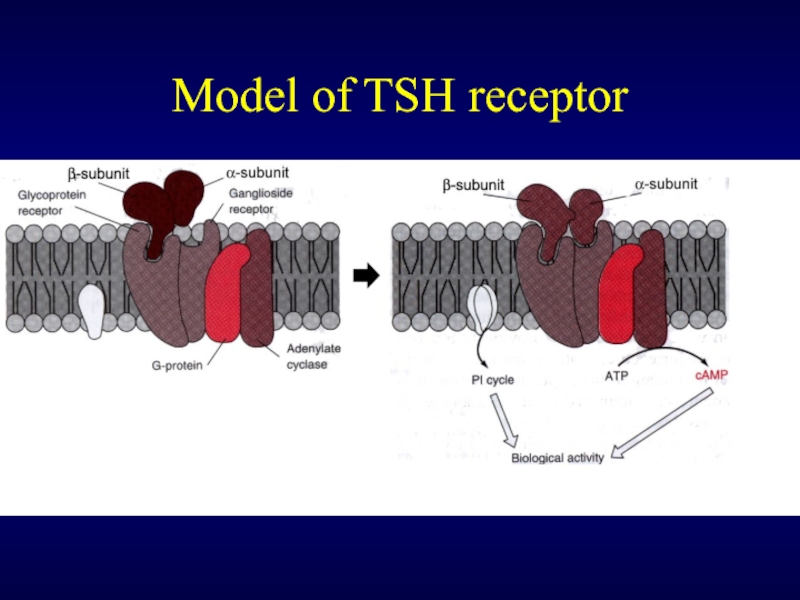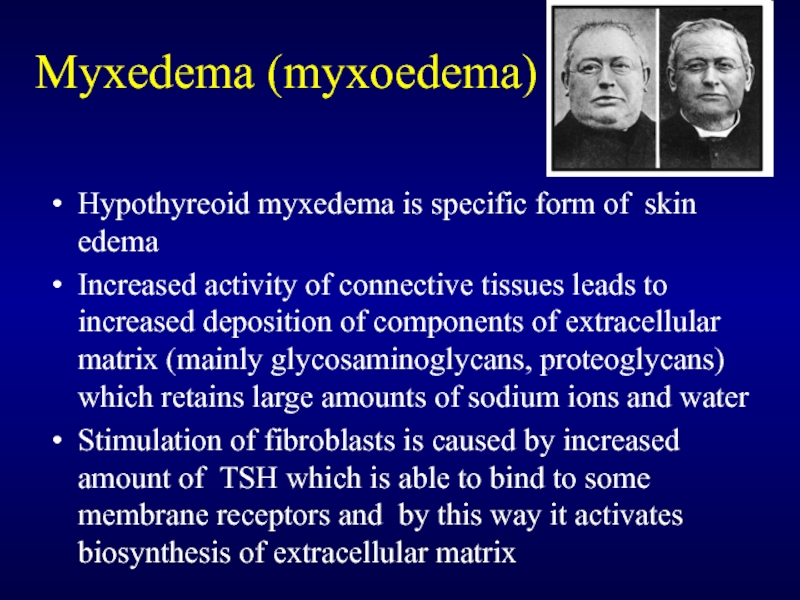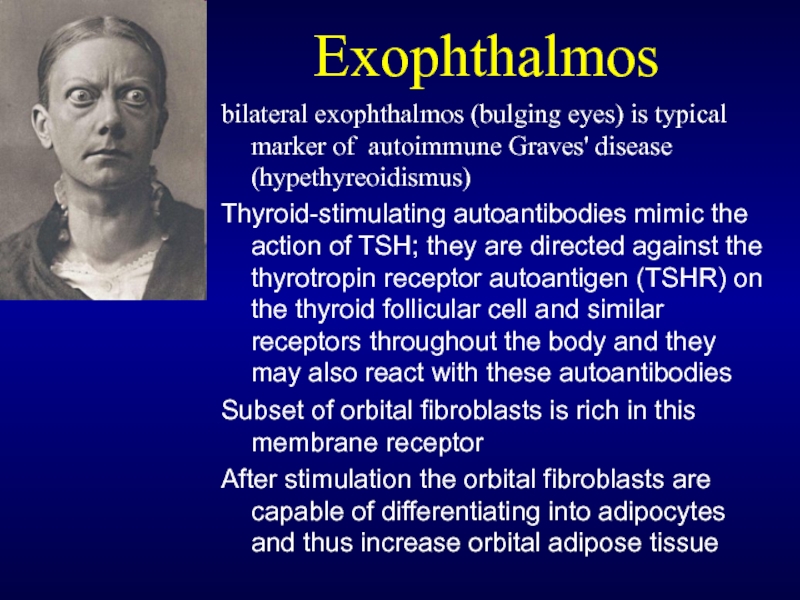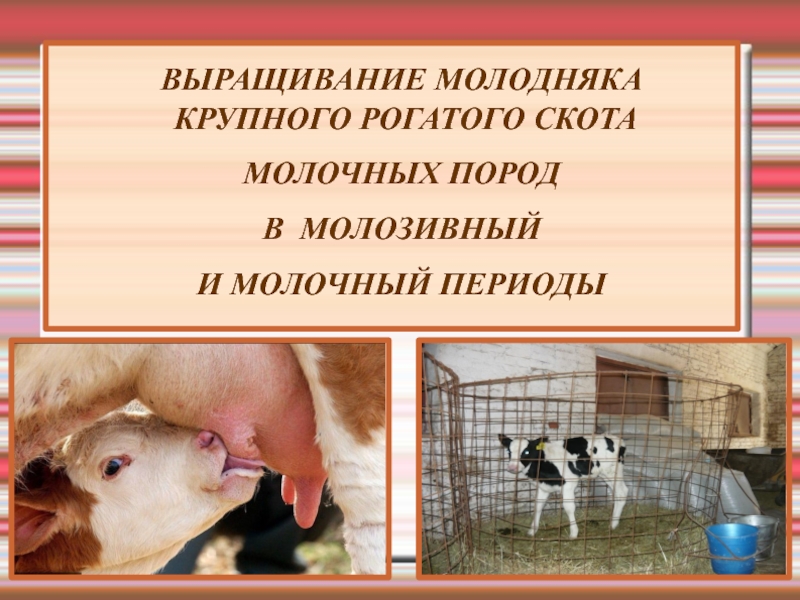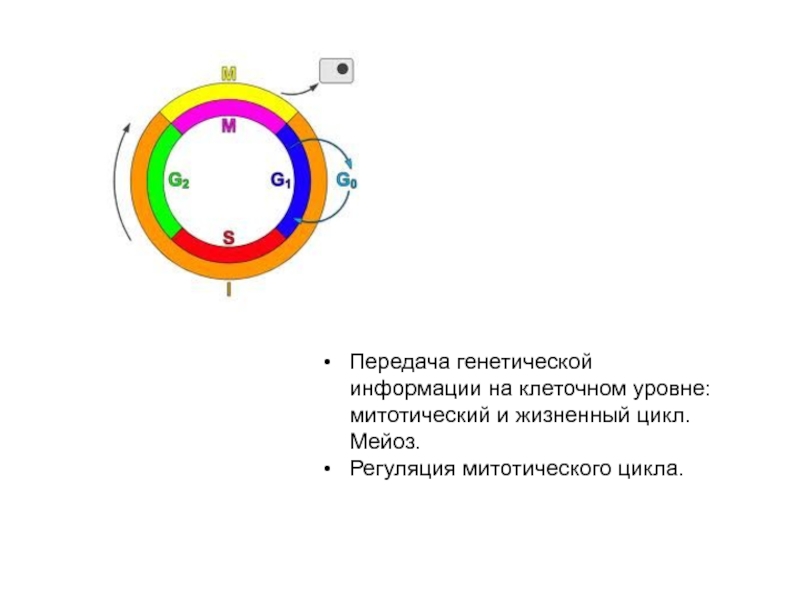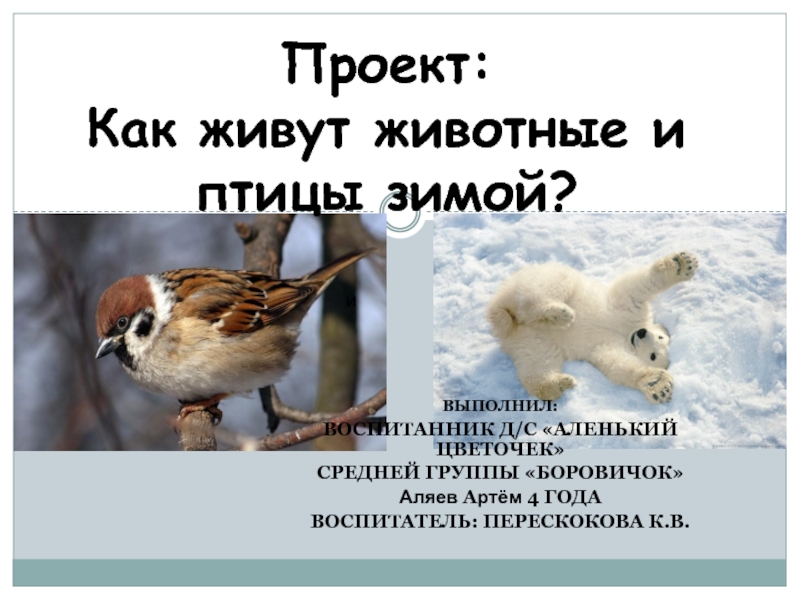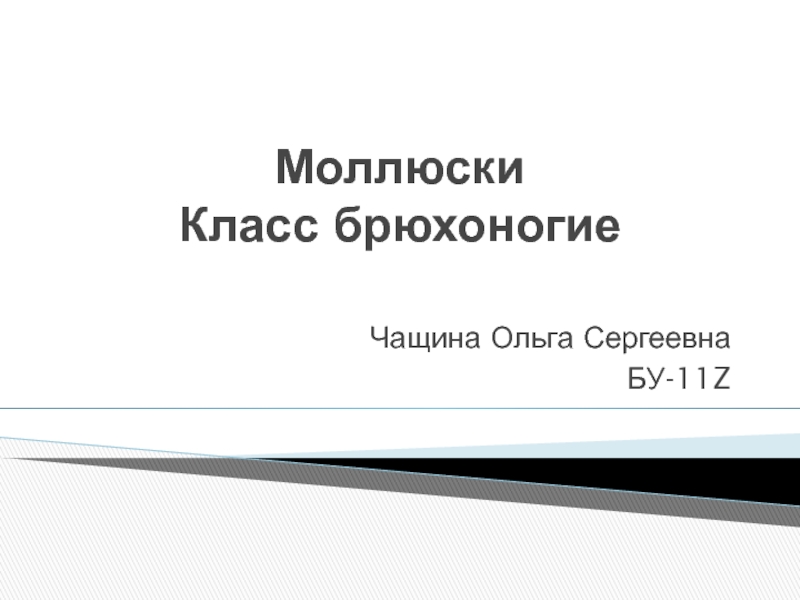T.M
Checked by: Irina Ivanovna
Course: 2
Faculty: Dentistry
Semey 2017
- Главная
- Разное
- Дизайн
- Бизнес и предпринимательство
- Аналитика
- Образование
- Развлечения
- Красота и здоровье
- Финансы
- Государство
- Путешествия
- Спорт
- Недвижимость
- Армия
- Графика
- Культурология
- Еда и кулинария
- Лингвистика
- Английский язык
- Астрономия
- Алгебра
- Биология
- География
- Детские презентации
- Информатика
- История
- Литература
- Маркетинг
- Математика
- Медицина
- Менеджмент
- Музыка
- МХК
- Немецкий язык
- ОБЖ
- Обществознание
- Окружающий мир
- Педагогика
- Русский язык
- Технология
- Физика
- Философия
- Химия
- Шаблоны, картинки для презентаций
- Экология
- Экономика
- Юриспруденция
Biochemistry of thyroid hormones презентация
Содержание
- 1. Biochemistry of thyroid hormones
- 2. Biochemistry of thyroid hormones Vytášek 2010
- 3. 3,5,3´-triiodothyronine (T3)
- 4. Thyroxine (T4) 3,5,3´,5´-tetraiodothyronine
- 5. Biosynthesis of thyroid hormones and iodine metabolismus
- 6. Biosynthesis of thyroxine The main synthetized thyroid
- 7. Biosynthesis of thyroxine Thyreoglobulin, secreted into the
- 8. Precursor molecule (Tyr) and intermediates (MIT, DIT) during thyroxine biosynthesis
- 9. Biosynthesis of T4 from DIT Next reaction
- 10. Schematic draw of condensation of DIT
- 11. Secretion of thyroid hormones Endocytosis of iodinated
- 13. Transport of thyroid hormones by blood Thyroid
- 14. Structural similarities among receptors for steroid and thyroid hormones
- 15. Mechanism of thyroid hormone action Receptors for
- 16. Mechanism of thyroid hormone action
- 17. Increased expression of proteins by thyroid hormones
- 18. Increased respiration during hyperthyreodism Increased synthesis of
- 19. Mechanisms increasing body temperature during hyperthyroidism Reducing
- 20. Control of thyroid hormone synthesis and secretion
- 21. Model of TSH receptor
- 22. Myxedema (myxoedema) Hypothyreoid myxedema is specific form
- 23. Exophthalmos bilateral exophthalmos (bulging eyes) is typical
Слайд 1SEMEY STATE MEDICAL UNIVERSITY
CHAIR OF BIOCHEMISTRY AND CHEMISTRY DISCIPLINES
SIW
Prepared by: Zhumakanova
Слайд 5Biosynthesis of thyroid hormones and iodine metabolismus
Receptor for thyroid hormones and
mechanisms of regulation of basal metabolismus by thyroid hormones
Regulation of production of thyroid hormones, TSH, receptor of TSH, TRH
Regulation of production of thyroid hormones, TSH, receptor of TSH, TRH
Слайд 6Biosynthesis of thyroxine
The main synthetized thyroid hormone is thyroxine, but triiodothyronine
is tentimes more potent
Precursor molecule for synthesis thyroid hormones is tyrosine derivative
Biosynthesis is perfomed on tyrosine residues bound in protein of thyroid gland – thyreoglobulin
The first step is transport of iodide into cells of folicle cells of thyroid gland
Active transport of iodide into the follicle cell is mediated iodide pump (the concentration outside is 25times lower than inside)
Precursor molecule for synthesis thyroid hormones is tyrosine derivative
Biosynthesis is perfomed on tyrosine residues bound in protein of thyroid gland – thyreoglobulin
The first step is transport of iodide into cells of folicle cells of thyroid gland
Active transport of iodide into the follicle cell is mediated iodide pump (the concentration outside is 25times lower than inside)
Слайд 7Biosynthesis of thyroxine
Thyreoglobulin, secreted into the lumen of thyroid gland, is
iodinated in one or two positions of phenol ring of tyrosine residues
Iodination reagent is iodosyl cation I+, vhich is produced by two electron oxidation of iodide with hydrogen peroxide under catalysis of enzyme thyroid peroxidase
Electrophilic substitution of tyrosine ring by iodine in position 3 and 5 is pure chemical reaction
Iodination reagent is iodosyl cation I+, vhich is produced by two electron oxidation of iodide with hydrogen peroxide under catalysis of enzyme thyroid peroxidase
Electrophilic substitution of tyrosine ring by iodine in position 3 and 5 is pure chemical reaction
Слайд 9Biosynthesis of T4 from DIT
Next reaction of DIT leads probably to
creation reactive radical of DIT
This reactive radical condensates with other DIT residue and generates thyroxine residue (bound in thyreoglobulin)
Under normal condition 70% of tyrosine residues of thyreoglobulin are in the form MIT and DIT and 30% as thyroxine (with minor part of T3)
This reactive radical condensates with other DIT residue and generates thyroxine residue (bound in thyreoglobulin)
Under normal condition 70% of tyrosine residues of thyreoglobulin are in the form MIT and DIT and 30% as thyroxine (with minor part of T3)
Слайд 11Secretion of thyroid hormones
Endocytosis of iodinated thyreoglogulin from lumen into the
cell
Fusion of endocytic vesicles with primary lysosomes
Degradation of thyreoglobulin in secondary lysosomes and liberating T3 a T4 into the circulation out of cell
70% of iodine bound by threoglobulin is in the form MIT and DIT and after liberation from thyreoglobulin these compounds are deionidated by enzyme deionidase and tyrosine and iodide is returned to further utilisation
Fusion of endocytic vesicles with primary lysosomes
Degradation of thyreoglobulin in secondary lysosomes and liberating T3 a T4 into the circulation out of cell
70% of iodine bound by threoglobulin is in the form MIT and DIT and after liberation from thyreoglobulin these compounds are deionidated by enzyme deionidase and tyrosine and iodide is returned to further utilisation
Слайд 13Transport of thyroid hormones by blood
Thyroid hormones are hydrophobic compounds and
therefore they used for its transport carrier protein
The main transporting protein is thyroxine binding globulin (TBG). Its affinity for T4 is 10 times higher than for T3 . The further proteins, binding thyroid hormones, are thyroxine binding prealbumin and albumin. More than 99% of T4 is bound on plasma proteins.
During this period the part of T4 is deionidated to T3 because this form is tentimes more metabolically active. Conversion of T4 to T3 is also observed in cytosol after transport into the target cell
The main transporting protein is thyroxine binding globulin (TBG). Its affinity for T4 is 10 times higher than for T3 . The further proteins, binding thyroid hormones, are thyroxine binding prealbumin and albumin. More than 99% of T4 is bound on plasma proteins.
During this period the part of T4 is deionidated to T3 because this form is tentimes more metabolically active. Conversion of T4 to T3 is also observed in cytosol after transport into the target cell
Слайд 15Mechanism of thyroid hormone action
Receptors for thyroid hormones are nuclear and
its affinity is tentimes higher for T3 than T4
The amount of nuclear receptors is very low
Four variants of nuclear receptor were observed and mitochondrial receptor for T3 was also described
Free thyroid hormone receptor (TR) without bound hormone is bound to hormone response element of DNA (HRE) and corepressor (CoR)
After binding T3 to receptor - CoR is liberated and coactivators (CoA) is bound and the transcription to mRNA begins
The amount of nuclear receptors is very low
Four variants of nuclear receptor were observed and mitochondrial receptor for T3 was also described
Free thyroid hormone receptor (TR) without bound hormone is bound to hormone response element of DNA (HRE) and corepressor (CoR)
After binding T3 to receptor - CoR is liberated and coactivators (CoA) is bound and the transcription to mRNA begins
Слайд 17Increased expression of proteins by thyroid hormones
Glycerol 3-phosphate dehydrogenase – main
component of glycerol 3-phosphate shuttle in mitochondria (one of transport systems for NADH into mitochondria)
Cytochrome c oxidase – the complex mitochondrial enzyme in the electron transport chain (from cytochrome c to oxygen)
ATPases – (eg. Ca ATPase of muscle cells)
Carbamyl phosphate synthase – enzyme of urea cycle
Growth hormone
Cytochrome c oxidase – the complex mitochondrial enzyme in the electron transport chain (from cytochrome c to oxygen)
ATPases – (eg. Ca ATPase of muscle cells)
Carbamyl phosphate synthase – enzyme of urea cycle
Growth hormone
Слайд 18Increased respiration during hyperthyreodism
Increased synthesis of ATP – increased synthesis of
cytochrome c oxidase – increased oxidative phosphorylation (it means the increased consumption of oxygen) – increased production of ATP
Increased consumption of ATP – increased synthesis of various ATPase (eg. Ca dependent in muscles) – increased depletion of store of ATP
Increased consumption of ATP – increased synthesis of various ATPase (eg. Ca dependent in muscles) – increased depletion of store of ATP
Слайд 19Mechanisms increasing body temperature during hyperthyroidism
Reducing efficiency of ATP synthesis -
increased synthesis of glycerol 3-phosphate dehydrogenase – increased transport NADH by this shuttle than malate/aspartate shuttle
Increased synthesis of ATP
Increased consumption of ATP
Uncoupling of phosphorylation and oxidation in mitochondria
Increased synthesis of ATP
Increased consumption of ATP
Uncoupling of phosphorylation and oxidation in mitochondria
Слайд 20Control of thyroid hormone synthesis and secretion
Pituitary hormone thyreotropin (TSH) upregulates
activity of iodide pump of follicle cells of thyroid gland
Endocytosis of iodinated thyreoglobulin and following secretion of T3 and T4 is also upregulated by TSH
Production of TSH is upregulated by TRH and controled by thyroid hormones via negative feedback
Endocytosis of iodinated thyreoglobulin and following secretion of T3 and T4 is also upregulated by TSH
Production of TSH is upregulated by TRH and controled by thyroid hormones via negative feedback
Слайд 22Myxedema (myxoedema)
Hypothyreoid myxedema is specific form of skin edema
Increased activity of
connective tissues leads to increased deposition of components of extracellular matrix (mainly glycosaminoglycans, proteoglycans) which retains large amounts of sodium ions and water
Stimulation of fibroblasts is caused by increased amount of TSH which is able to bind to some membrane receptors and by this way it activates biosynthesis of extracellular matrix
Stimulation of fibroblasts is caused by increased amount of TSH which is able to bind to some membrane receptors and by this way it activates biosynthesis of extracellular matrix
Слайд 23Exophthalmos
bilateral exophthalmos (bulging eyes) is typical marker of autoimmune Graves' disease
(hypethyreoidismus)
Thyroid-stimulating autoantibodies mimic the action of TSH; they are directed against the thyrotropin receptor autoantigen (TSHR) on the thyroid follicular cell and similar receptors throughout the body and they may also react with these autoantibodies
Subset of orbital fibroblasts is rich in this membrane receptor
After stimulation the orbital fibroblasts are capable of differentiating into adipocytes and thus increase orbital adipose tissue
Thyroid-stimulating autoantibodies mimic the action of TSH; they are directed against the thyrotropin receptor autoantigen (TSHR) on the thyroid follicular cell and similar receptors throughout the body and they may also react with these autoantibodies
Subset of orbital fibroblasts is rich in this membrane receptor
After stimulation the orbital fibroblasts are capable of differentiating into adipocytes and thus increase orbital adipose tissue
